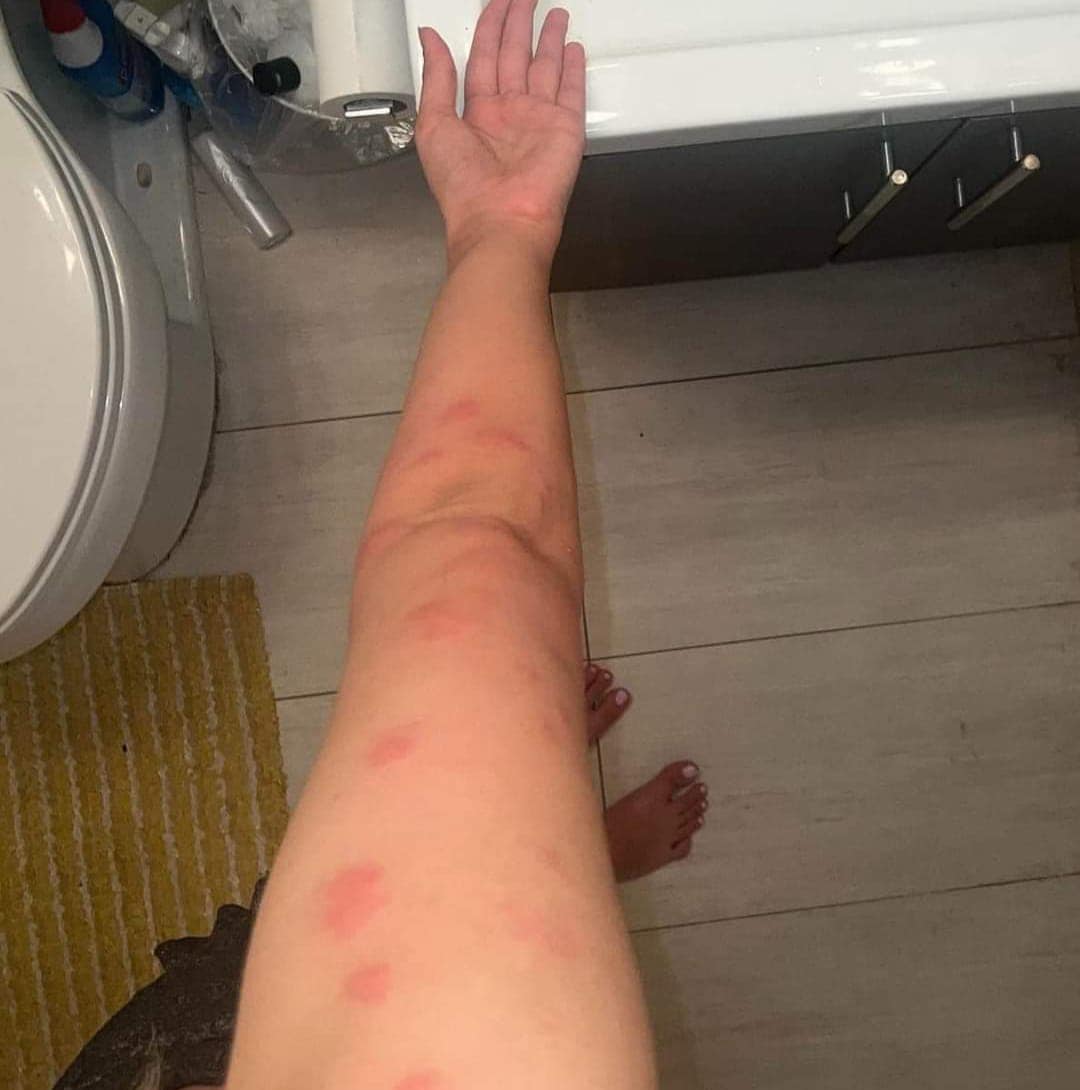ADVERTISEMENT
How to Identify 10 of the Most Common Bug Bites: A Guide to Understanding What’s Biting You
Bug bites are one of life’s little nuisances, but the discomfort they cause can be worse than the initial irritation. While most bug bites are harmless, some can cause allergic reactions, transmit diseases, or leave you scratching for days. Understanding what bit you is crucial for treatment and prevention. From the classic mosquito bite to less common critters, here’s how to identify 10 of the most common bug bites and what you can do about them.
1. Mosquito Bites
Appearance: Raised, red, itchy bump.
- Where You Find Them: Often on exposed areas of skin like the arms, legs, and neck.
- What’s Happening: Mosquitoes bite to feed on blood, leaving behind a small, raised welt that is often very itchy. They are especially common in warm, humid environments, especially at dusk and dawn.
- Treatment: Apply anti-itch creams, calamine lotion, or use ice to reduce swelling. In some cases, an antihistamine might be helpful if the bite is very itchy.
2. Flea Bites
Appearance: Small, red, swollen bumps with a central dot, usually in clusters or lines.
- Where You Find Them: Typically around the ankles, legs, or waistline, but they can occur anywhere on the body.
- What’s Happening: Fleas bite and feed on your blood, leaving a tiny red bump with a pinpoint in the middle. They’re often itchy and can cause a rash or even a mild allergic reaction in some cases.
- Treatment: Clean the bite with soap and water, apply anti-itch cream, and try using over-the-counter hydrocortisone or an antihistamine for relief.
3. Bed Bug Bites
Appearance: Red, itchy welts that appear in a line or cluster.
- Where You Find Them: On areas of the body exposed while sleeping, such as the face, neck, arms, or legs.
- What’s Happening: Bed bugs feed on blood while you sleep. They tend to bite exposed skin in a series, which is why bites often appear in lines or clusters.
- Treatment: Bed bug bites can be treated similarly to mosquito bites. Apply calamine lotion, hydrocortisone cream, or oral antihistamines if the itching is intense. If you suspect an infestation, call a pest control professional.
4. Tick Bites
Appearance: Small, red, or dark spot at the site of the bite, often accompanied by a raised bump.
- Where You Find Them: On areas where skin is thin or exposed, such as the scalp, behind the ears, armpits, and groin.
- What’s Happening: Ticks attach to the skin to feed on blood, sometimes remaining attached for hours or days. They can transmit diseases such as Lyme disease or Rocky Mountain spotted fever.
- Treatment: If you find a tick, remove it carefully with tweezers (grab close to the skin and pull straight out). If you develop a rash or flu-like symptoms after a tick bite, consult a healthcare provider.
For Complete Cooking STEPS Please Head On Over To Next Page Or Open button (>) and don’t forget to SHARE with your Facebook friends
ADVERTISEMENT
